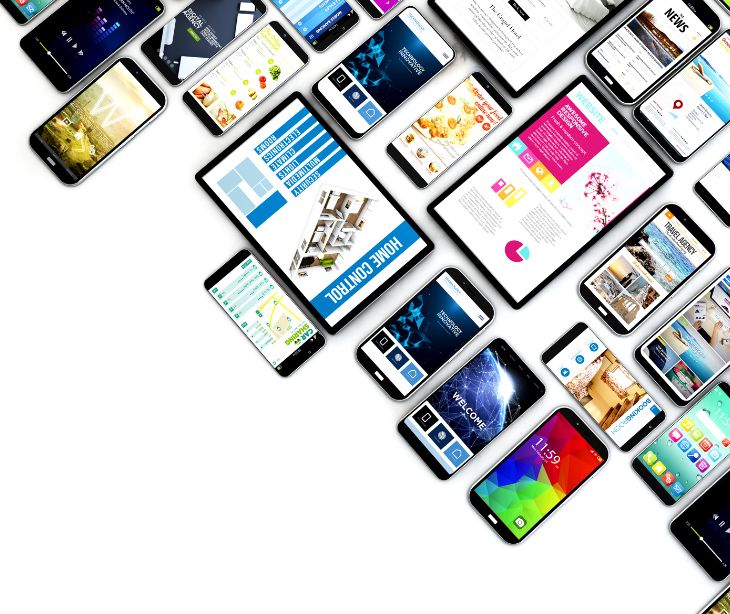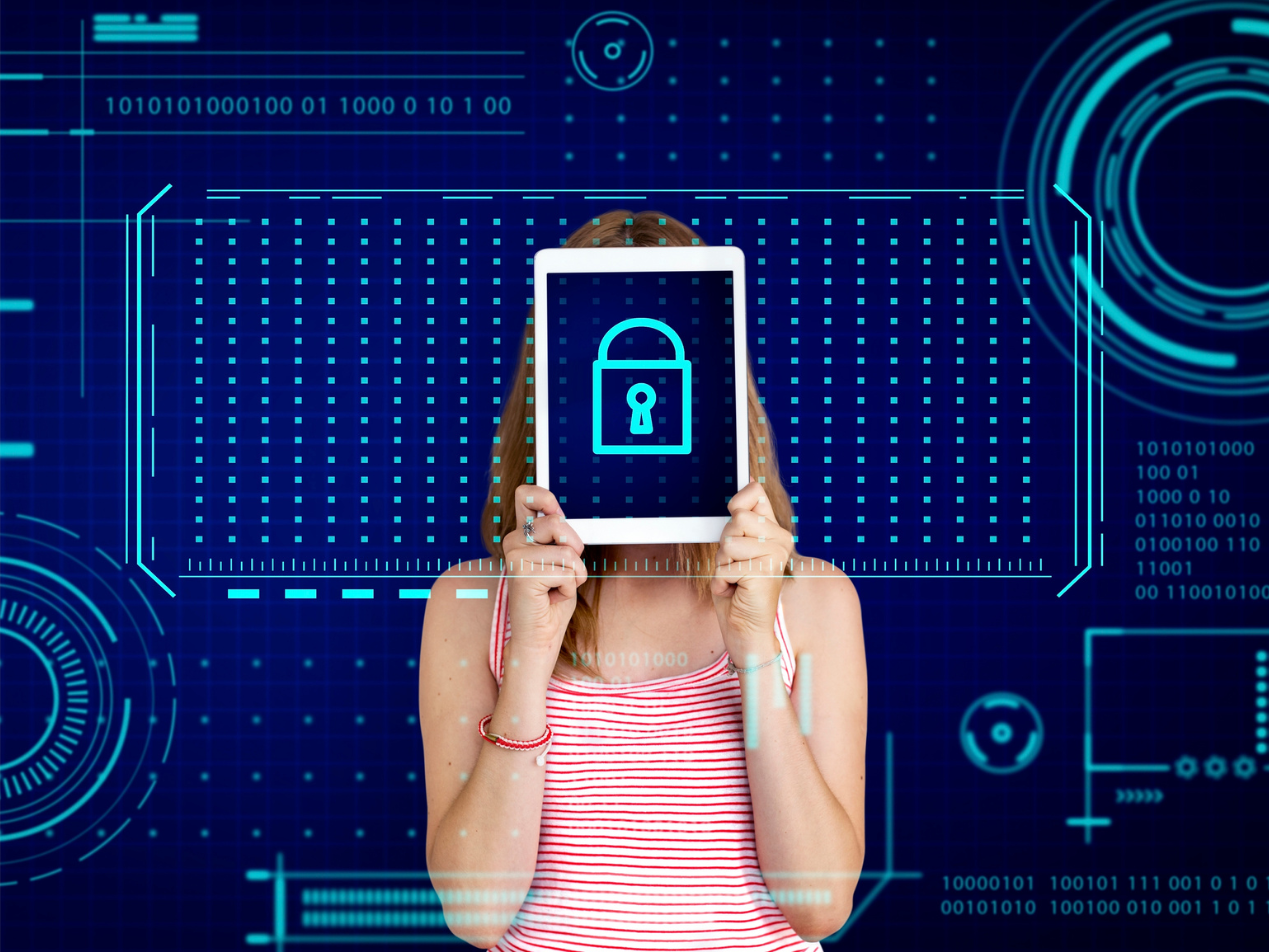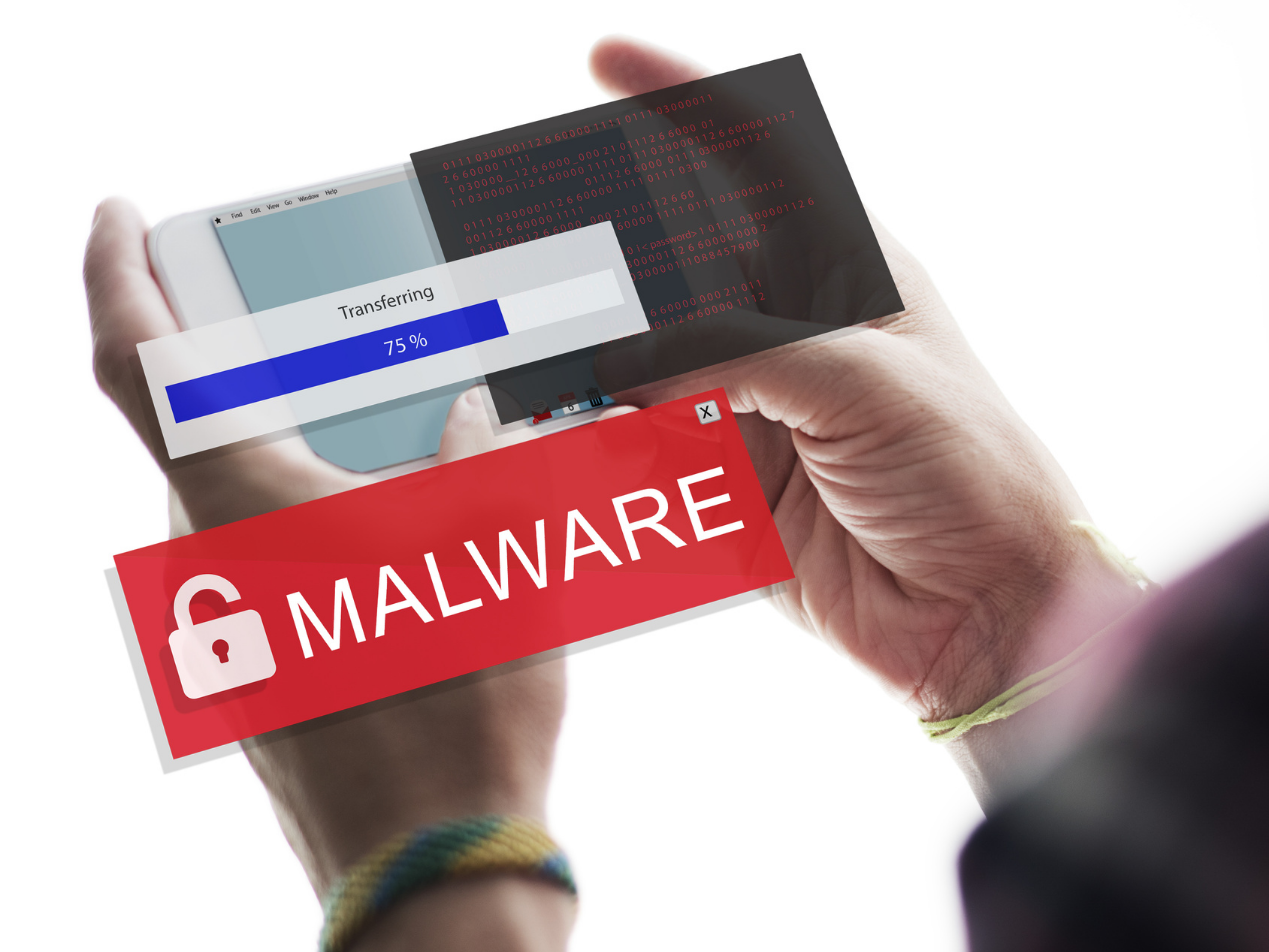
Mobile device management (MDM) is a solution that organizations use to secure their mobile devices and safeguard valuable assets, including sensitive data. MDM involves deploying software, implementing processes, and establishing security policies to effectively manage and protect mobile devices.
According to HealthTech, “Mobile device management is an important strategy that protects an organization’s devices and keeps data flowing securely. In healthcare, it provides flexibility for physicians to work remotely and conduct house calls, but it also requires controls to protect patient data.”
Furthermore Adam Mahmud, senior product marketing manager for healthcare at device management company Jamf, says mobile device management tools are central to the workflow of healthcare providers as they consume information and coordinate with colleagues. It lets IT teams set up devices for clinicians and provides the applications they need for their daily routines.
The role of software in MDM
MDM relies heavily on software as a component to enable efficient provisioning and management of mobile devices. This software facilitates the application of security policies, device inventory management, content protection, and monitoring of device behavior.
Furthermore, advanced MDM solutions utilize machine learning and artificial intelligence to analyze device data, ensuring protection against cyber threats and malware.
Read more:
How MDM works
To effectively manage mobile devices and ensure their security, MDM follows a set of processes and functionalities:
Enrolling devices
In an MDM program, employees can have their personal devices enrolled or receive dedicated work devices. During the enrollment process, these devices are configured with role-based access to enterprise data, secure VPN connections, and other necessary software and applications.
Provisioning and inventory management
MDM software enables organizations to provide and manage devices effectively. It allows administrators to remotely install and update applications, configure device settings, and monitor the inventory of enrolled devices. With MDM, enterprises can track, monitor, troubleshoot, and even wipe device data in the event of theft, loss, or a detected breach.
Application and content protection
One of MDM's main functionalities is protecting applications and content on enrolled devices. MDM software ensures that the applications and data remain secure by implementing various security measures such as encryption, password protection, and remote wiping capabilities.
Monitoring and analysis
MDM software allows organizations to monitor the behavior and critical data on enrolled devices. With more advanced MDM solutions, this data can be analyzed using machine learning and artificial intelligence. These analytical tools help identify potential security risks, detect anomalies, and provide insights for proactive security measures.
Benefits of MDM
Enhanced data security
MDM enables organizations to enforce security policies, protect sensitive data, and remotely manage devices in the event of theft or loss.
Increased productivity
MDM eliminates productivity bottlenecks by streamlining device provisioning, enabling secure access to enterprise resources, ensuring consistent device performance, and enabling employees to focus on tasks.
Simplified device provisioning
MDM simplifies the device provisioning process by automating the configuration and setup of devices. Administrators can remotely deploy applications, configure settings, and enforce security policies, saving time and effort.
Improved compliance and audibility
MDM enables organizations to enforce compliance by implementing security policies, monitoring device behavior, and generating comprehensive audit logs.
Cost reduction
Implementing MDM can lead to cost savings for organizations. Organizations can minimize operational costs by streamlining device management processes, reducing the risk of data breaches, and optimizing device usage.
FAQs
What is mobile device management and how does it relate to healthcare security?
Mobile device management (MDM) is a technology solution that allows organizations to manage, monitor, and secure mobile devices such as smartphones, tablets, and laptops. In healthcare, MDM helps ensure that devices used to access and store protected health information (PHI) comply with security policies and HIPAA regulations.
Why is MDM important for HIPAA compliance in healthcare settings?
MDM is beneficial for HIPAA compliance because it helps protect PHI on mobile devices, which are increasingly used in healthcare for communication, data access, and patient care. By securing mobile devices, healthcare organizations can prevent unauthorized access, data breaches, and ensure that PHI is handled in accordance with HIPAA's security and privacy requirements.
What can mobile device management see?
MDM software collects various hardware and software information on devices, which helps companies monitor and track company-owned and BYOD devices.
Is mobile device management necessary?
Mobile devices have become an integral part of the modern business world. As such, the need to protect and secure these devices has become necessary.
What is MDM and its uses?
MDM software or MDM solution is a type of management or security technology that enables IT admins to monitor, manage, and secure corporate or personally owned mobile devices that run across multiple operating systems
Subscribe to Paubox Weekly
Every Friday we'll bring you the most important news from Paubox. Our aim is to make you smarter, faster.




